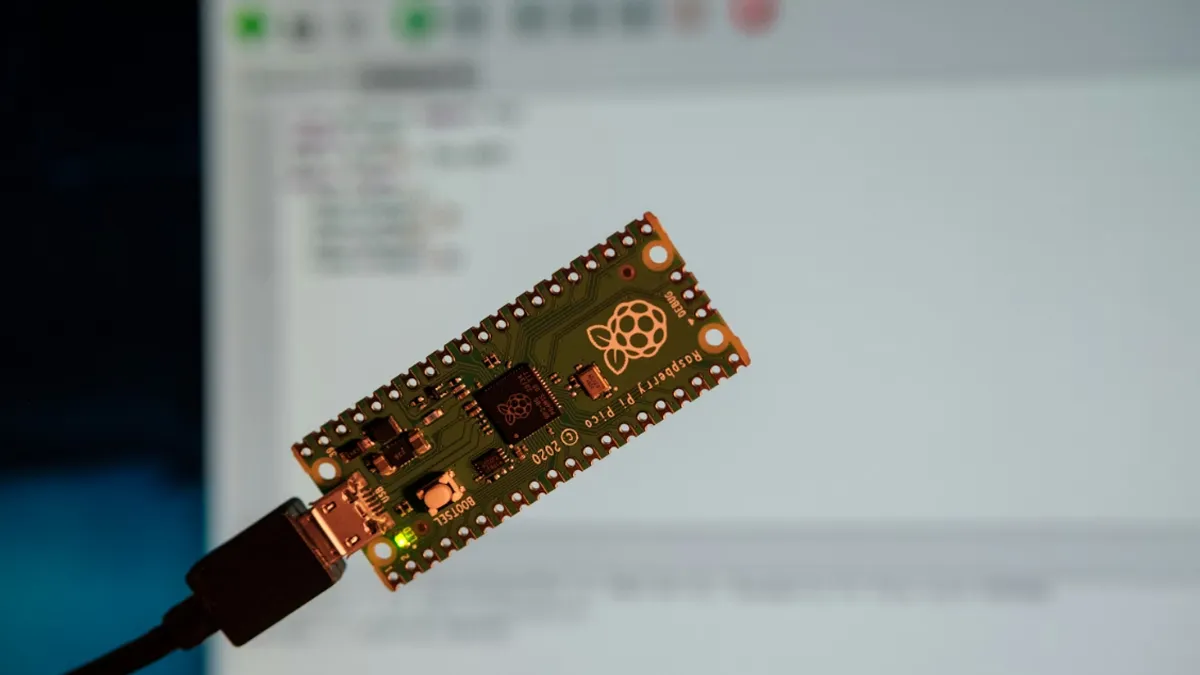
Lithium Battery : UN38.3 + MSDS +Transport Certification
Why Are These Three Certifications RequiRED?
1. un38.3:
Known as the “International Passport”for lithium battery transportation, this certification involves 8 rigorous safety tests (e.g., short circuit, vibration, impact) to ensure that batteries do not catch fire or explode during air or sea transport.
2. MSDS (Material Safety Data Sheet):
A mandatory document for logistics and customs. It details the cheMICal composition of the battery, emergency measures, and storage requirements.
3. Transportation Identification Report:
Issued by a qualified agency based on the un38.3 test resULts, this report certifies that the battery meets international shipping standards (e.g., IATA air transport regulations).
Certification Process
① un38.3 certification
1. Required Documents:
Battery sample, specification sheet (with voltage/capacity/model clearly marked), authorization letter, packaging photos.
2. Test Scope:
8 mandatory safety tests (approx. 8–12 working days).
3. Key Requirement:
Battery labels mustinclude Wh (watt-hour) rating and lithium content. Missing information leads to automatic failure!
② MSDS Report
1. How to Apply:
Submit to a third-party agency with the battery’s chemical composition sheet and one sample.
③ Transportation Identification Report
1. Prerequisite:
Must be applied afterUN38.3 is passed.
2. Required Documents:
UN38.3 report, packaging photos (inner & outer box, battery installation diagram), application form.
3. Validity:
Typically valid for 1 yearfor sea/air transport. You can renew with the original UN report the following year.
�� Pro Tips to Avoid Pitfalls
1. Packaging Requirements:
Loose batteries must be protected against short circuits! If a single package contains over 24 batteries, risk labeling is mandatory.
2. Lab Selection:
Choose ISO 17025 accredited labs—reports from non-accredited labs are invalid.
Tip: Contact JJR Laboratory in China for testing services—save up to 40% on certification costs.
3. Expedited Service:
Standard UN38.3 testing takes about 2 weeks. Faster options are available at an extra cost—note that all 8 test items are still mandatory.
Email:hello@jjrlab.com
Write your message here and send it to us
 Infant Support Pillow 16 CFR 1243/1242 & ASTM
Infant Support Pillow 16 CFR 1243/1242 & ASTM
 BRM Registration Card Under CFR Part 1130 Regulati
BRM Registration Card Under CFR Part 1130 Regulati
 How to get a D-U-N-S® Number for US FDA Registrati
How to get a D-U-N-S® Number for US FDA Registrati
 Household Massage Devices Compliance in the China
Household Massage Devices Compliance in the China
 Compliance for the Global In Vitro Diagnostic (IVD
Compliance for the Global In Vitro Diagnostic (IVD
 Compliance Guide for Nebulizers in European and Am
Compliance Guide for Nebulizers in European and Am
 Cybersecurity Certification Service for EU RED Dir
Cybersecurity Certification Service for EU RED Dir
 ANATEL Certification Compliance Guide for Brazil M
ANATEL Certification Compliance Guide for Brazil M
Leave us a message
24-hour online customer service at any time to respond, so that you worry!




